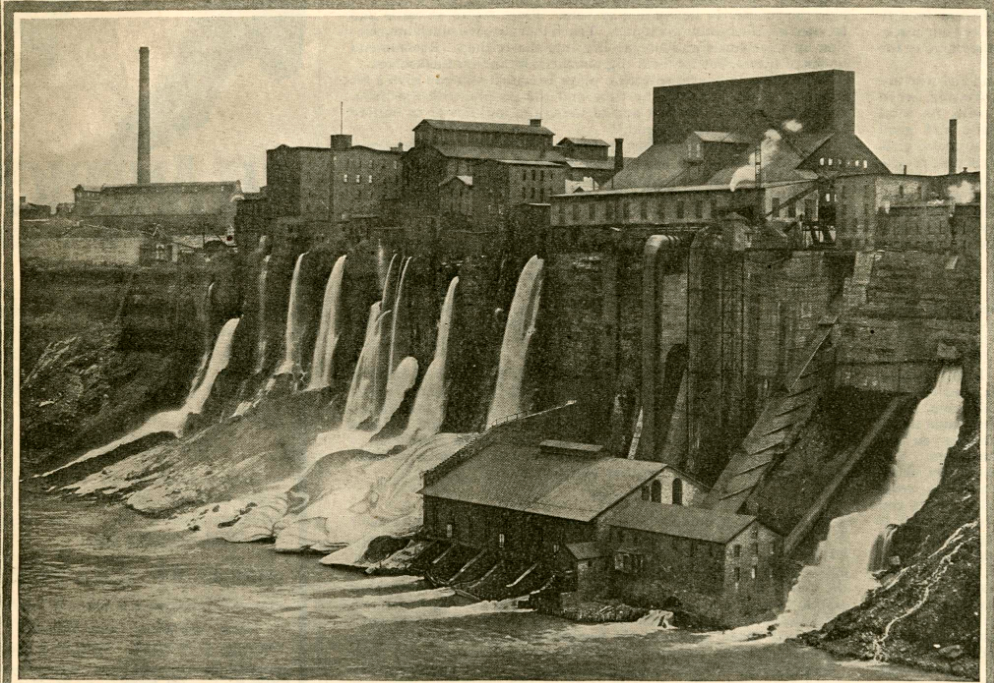
Harnessing Power and Industry
Throughout the 19th and 20th centuries, visionaries like Nikola Tesla attempted to harness the hydroelectric power of Niagara Falls.
Niagara Falls has long fascinated those who have settled by its shores. From generation to generation, Niagara’s thunderous waters have inspired the imaginations of countless individuals who then dared to transform impossible dreams into realities. Niagara Falls stands as a testament to the immense power of nature, and it is this power that has driven human innovation and industry in the region.
In 1877, Jacob F. Schoellkopf purchased the idle Hydraulic Canal and formed the Niagara Falls Hydraulic Power and Manufacturing Company. Although the German immigrant had no experience in this sector, he could envision the potential that Niagara Falls had for power and industry. In 1882, Schoellkopf’s risky business venture paid off when his company became the first to use Niagara Falls to generate hydroelectric power.
As a boy in modern–day Croatia, Nikola Tesla saw a photograph of Niagara Falls and dreamed of harnessing its power one day. In 1884, he emigrated to the United States where he began devising a system of alternating current (AC) to rival Thomas Edison’s direct current (DC). The realization of Tesla’s dream continued in 1895 with the construction of the Edward Dean Adams Power Plant. In 1896, the flip of a switch transmitted electricity long distance to Buffalo using Tesla’s AC technology.
From 1914–1956, Schoellkopf Station No. 3 was the image of hydroelectric power in Niagara Falls. Constructed on the slopes of the Niagara Gorge, it was the largest and most powerful of the three Schoellkopf Stations that had been built. On June 7, 1956, two–thirds of the station collapsed into the Niagara River after rockslides caused water to seep into its back wall. One station worker lost his life in the disaster.
The Niagara Power Project replaced the demolished Schoellkopf station. The three–year construction project was an impressive but dangerous engineering feat along the Niagara Gorge. Twenty laborers died in construction-related accidents. When it opened in 1961, the complex was the largest hydropower facility in the Western Hemisphere. Known today as the Robert Moses Niagara Hydroelectric Power Station, it is New York State’s biggest electricity producer.
Until the mid-twentieth century, Niagara Falls was a hub of industrial activity, with many factories drawing their electricity from the nearby power stations. The city’s population soared as companies like Carborundum and Hooker Chemical Corporation employed large numbers of immigrants and African Americans from the South. Millions of tourists continued to visit the Falls.
This hive of economic prosperity led to a thriving downtown and Main Street. While many of these factories and businesses have since closed, those that still stand bear witness to the days when Niagara Falls was the leader in power and industry in New York State.
Niagara Falls Heritage Area

